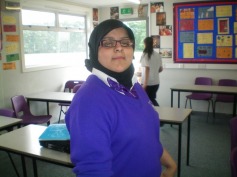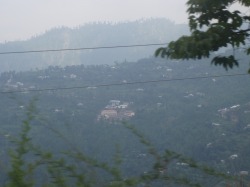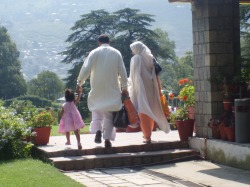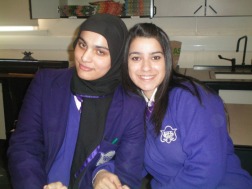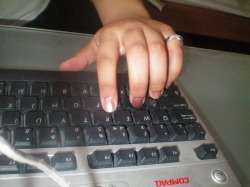Different types of angles, shots and
movements used by a camera:
Camera angles give an audience emotional information about the character, it also can judge the character by its diferennt use of angles.
High Angle Shot:
This shot shows the subject from above, looking downwards at the subject. Camera is elavated above the scene/subject by a crane. This is used in scenes to confront and fight, which shows who has more of a power. It decreases the importance of the character, making them look weak and small.
Low Angle Shot:
This shot shows the subject from below, looking up at the subject. Camera is lowered down and tilted up at the scene/subject. This increases the importance of the character or scene. It makes the character look more powerful, threatning and dominant. The background of a low angle shot is often the sky or a ceiling.
Eye level:
This shot shows the subject from an eye-level. its a familiar and a neutral shot. Its comonly used, has no psychological affect and has no discomfort due to the audience being used to it.
Birds Eye view:
This is from directly above, its an unnatural point of view shot used for a dramatic affect. its an overhead shot used in dramas to show position of character which enables the audience to see thing more properly. it is useful for sports and documentries. Its a godlike position. An overall shot which emphasises smallness and insignificance of the subject.
Camera movement: This is when a director chooses how a story is going to be told, usually by cuts, one shot to another, or a camera moved along with action itself. This tends to be a slow and long scene. The two main ones of camera movement is paning and tilting which involve rotation, camera being fixed on axis moving horizontal and vertical.
Panning:
This is when the camera moves horizontal, left and right, mounting the camera on a tripod. Can be used on a butterfly, flying side to side. Folllowing character in motion.
Tilting:
This is when the camera moves vertical, Up and down. This can be used in a tall building, starting at the bottom to the top due to it not fitting in one shot.
Zoom:
This is when the camera zooms closer to the subject, into a close up or a extreme close up. e.g. to show expressions and feelings, or to show character being shocked.
(In the zoom and Reverse zoom theres no actual movement of the camera, its a electronic adjustment of the camera lenses.)
Reverse zoom:
This is when the camera moves further away from the shot into a long shot or medium shot. a shot to show the setting.
Tracking shot:
This is when the camera is mounted on a cart which travels along a track or a running rail and moved around people or subject in motion.
Shots: Each and every shot has a different effect and a purpose. A change between two shots is called a cut. There are several different shots:
Extreme long shot:
This is when it is furthest away from the subject and is not visible and doesnt have people as its focus. its is used to show the audience the setting. Is oftenly shown landscape. it gives the audience a a more specific view of the surrounding.
Long shot:
This is when the camera shows the subject or character from top to bottom (full shot). This should show the background, surounding to. People are often smaller than the suroounding.
Medium shot:
This is a shot of the characters up to the waist. The audience see the face more clearly and the interaction with other characters in the scene. it is normally used for scenes for dialogue and a bit of action.
Close up shot:
This is when it usually shows the head. A single person with little backgrond. This takes the audience to read the mind of the character, since its so close. This is normally shown in interviews to show audience feelings and reaction of characters (emotional state). It can be used in dramas to show somethings importance e.g the ring.
Extreme close up shot:
This is used on objests or the characters face to show the importance of it or want the audience to notice something e.g its normally the eyes, or any facial features. its used usually in horror films or to show something dramatically.


